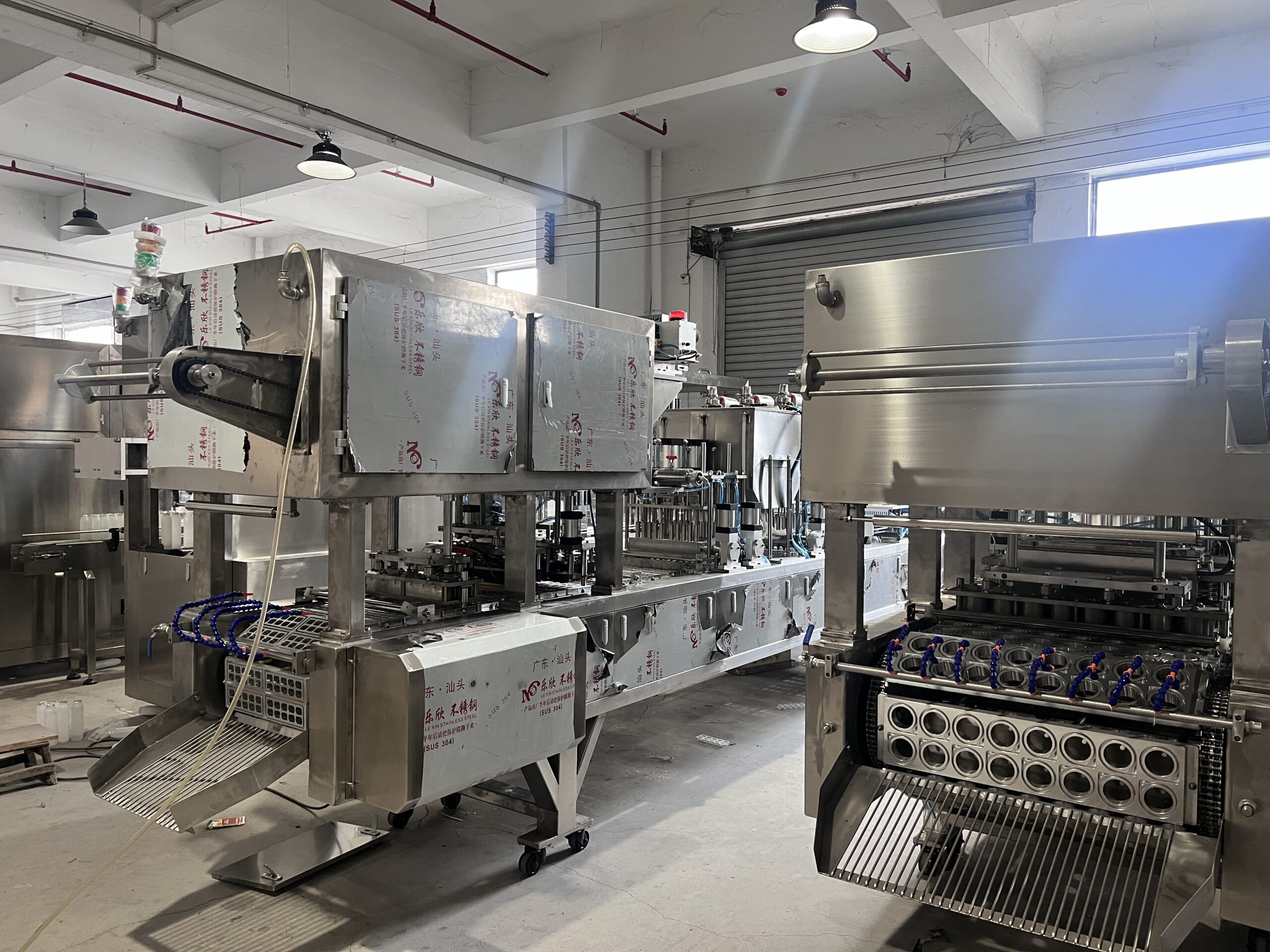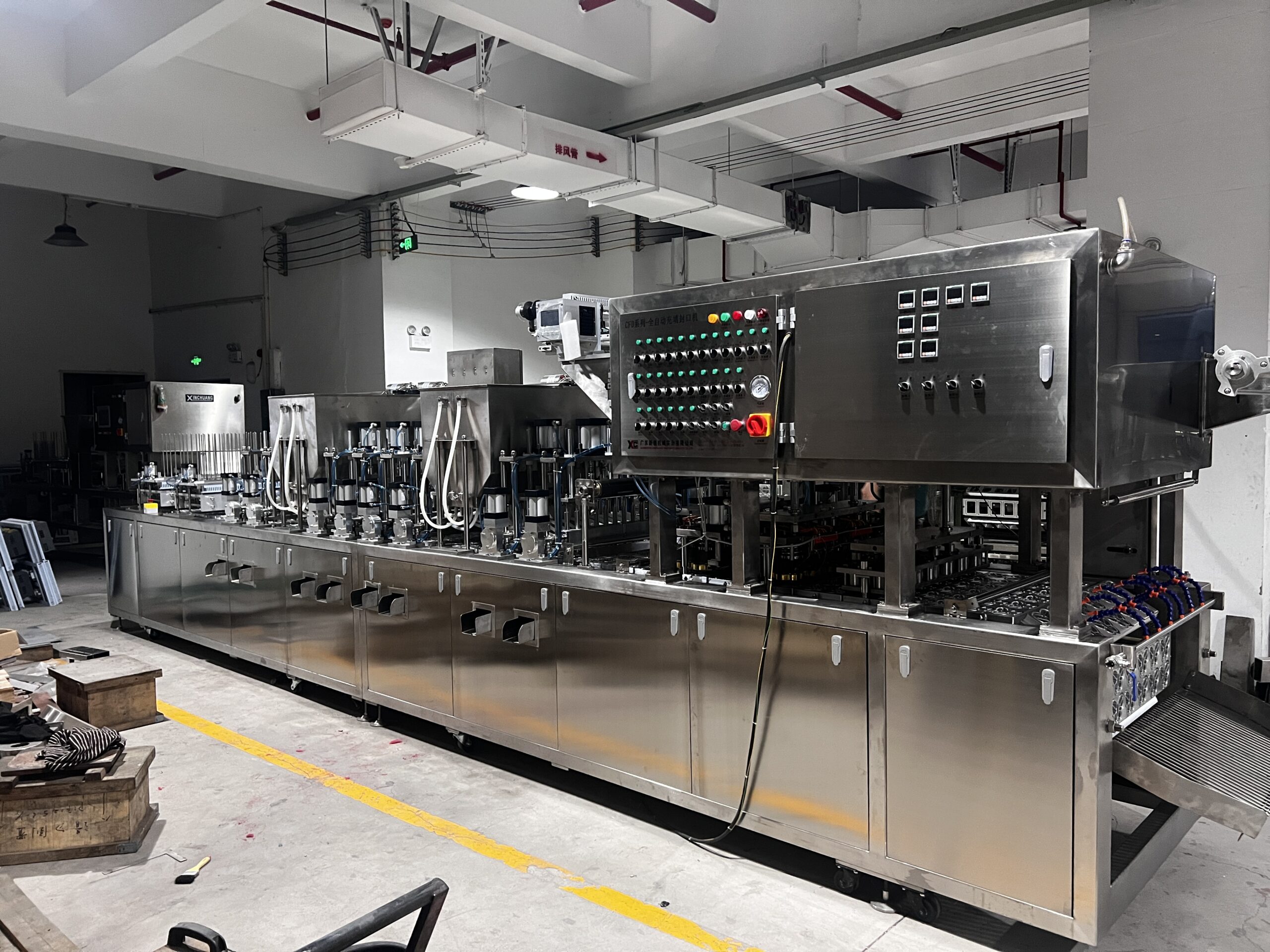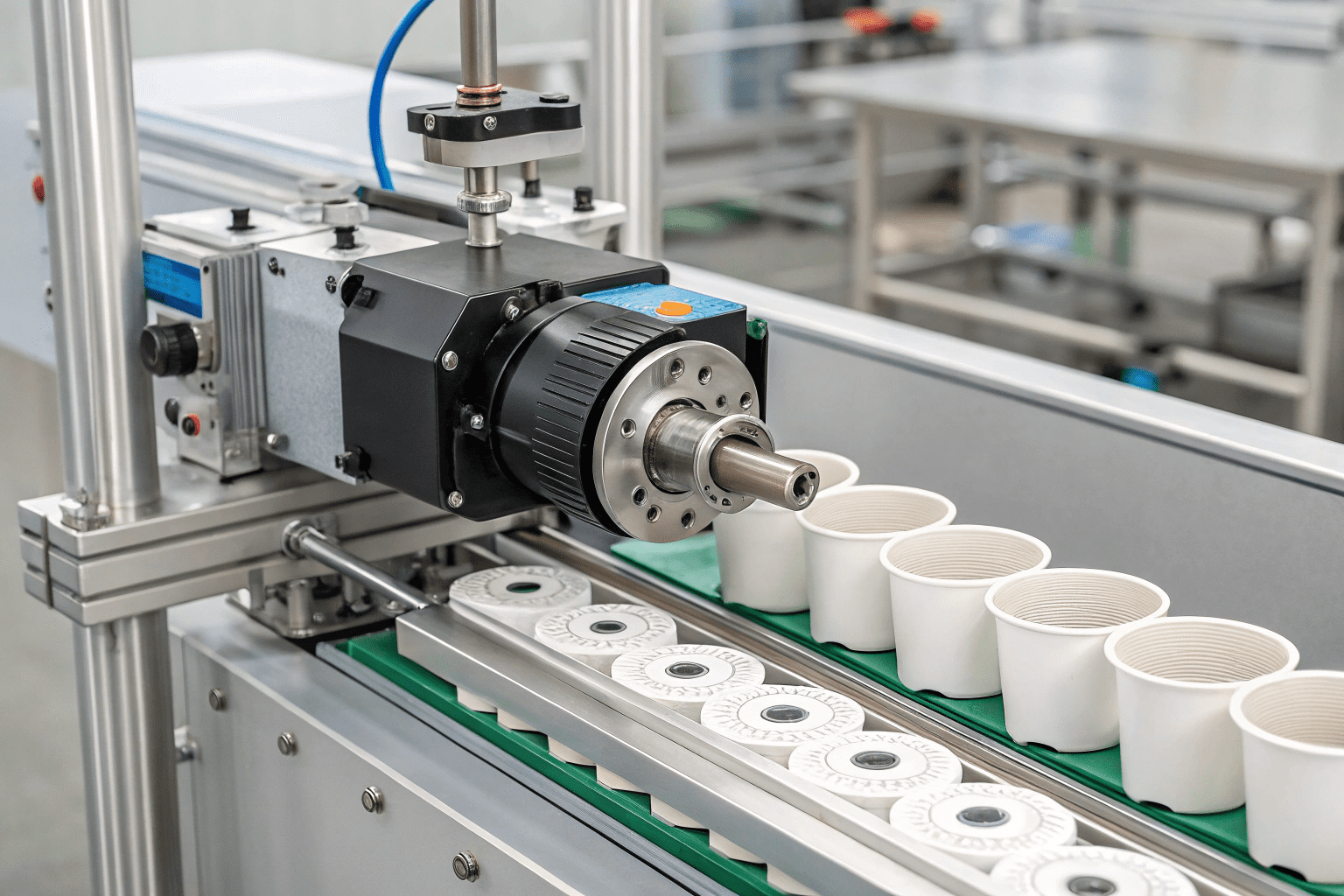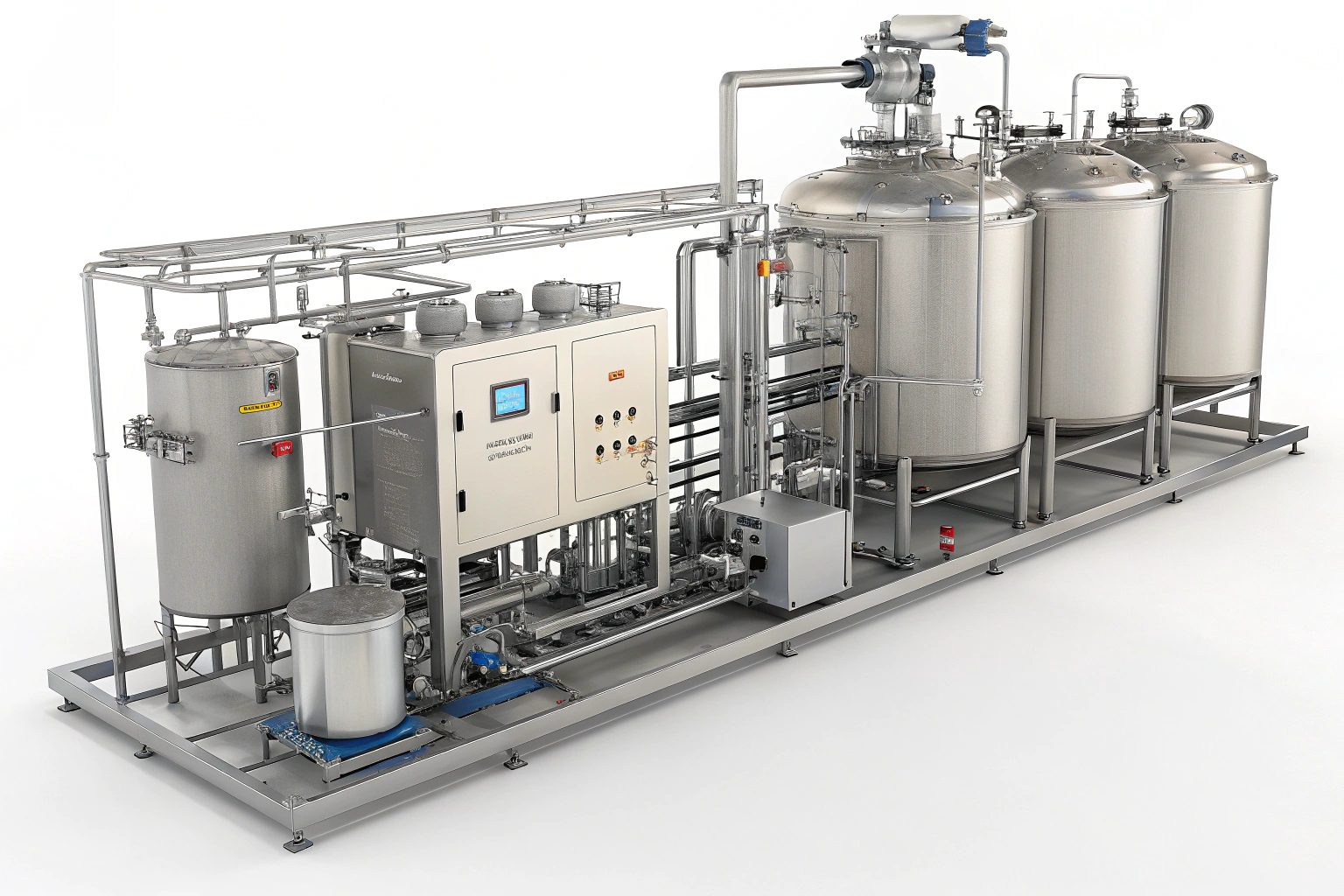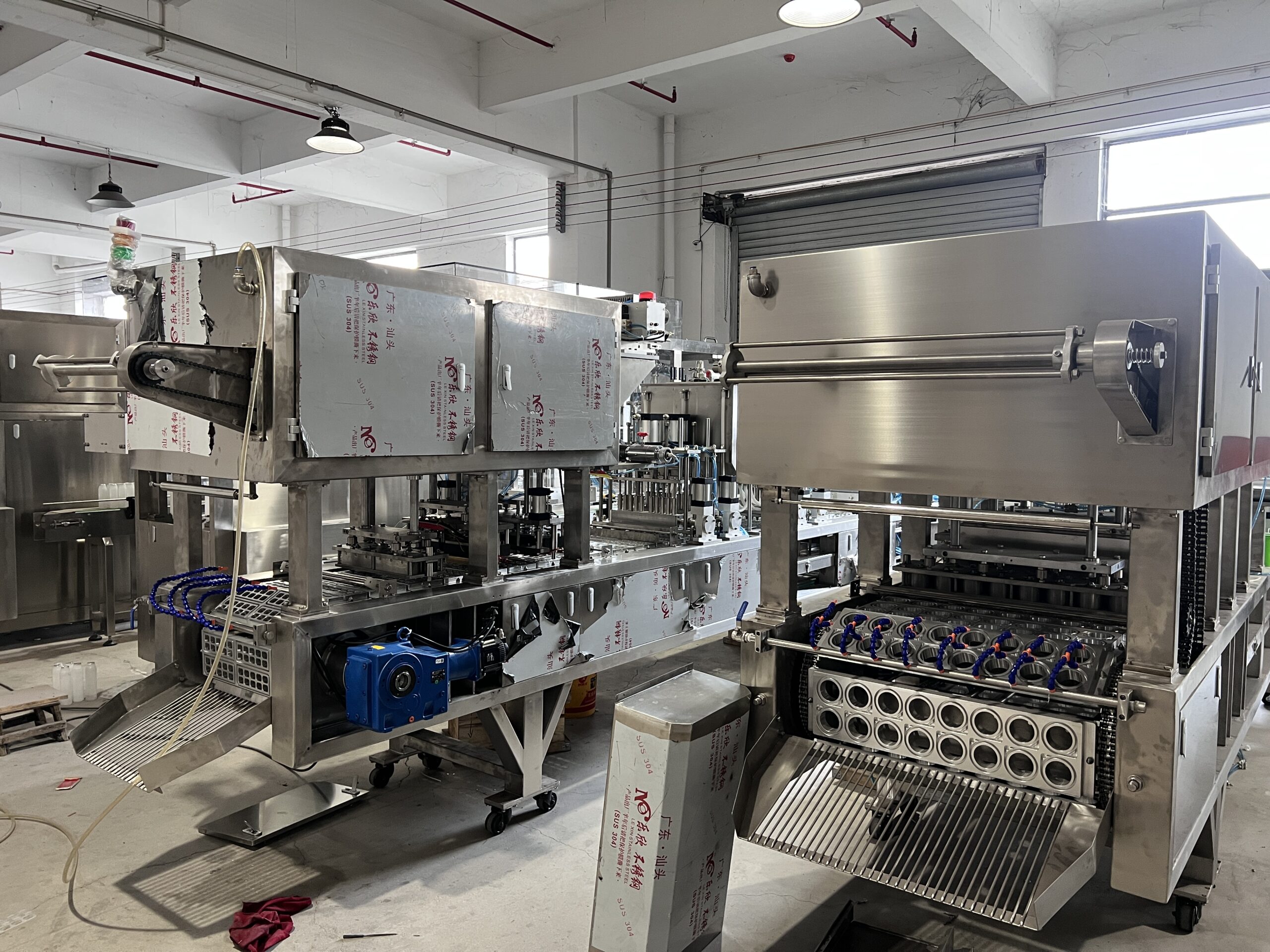What Is the Common Malfunction in Filling and Sealing Machines?
Filling and sealing machines break down. When they do, production halts, costs rise, and deadlines slip. Let’s uncover the top technical failures plaguing these systems daily.
The most frequent malfunction in filling and sealing machines is misaligned sealing jaws causing incomplete seals, combined with inconsistent fill volumes due to valve blockages or sensor errors. These issues account for 60% of unplanned downtime in food packaging lines.
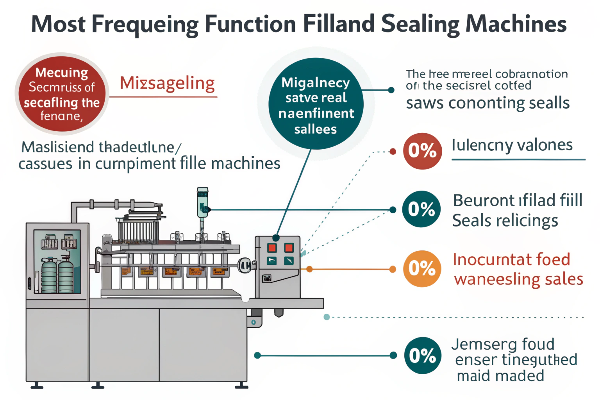
From jammed conveyors to burnt heating elements, packaging machines face unique operational challenges. Let’s dissect these problems systematically across sealing and filling operations.
What Are the Common Problems Encountered When Using a Can Sealer Equipment?
A stuck can sealer creates bottlenecks. Workers scramble to clear jams while unfinished products pile up, risking contamination and wasted materials.
Common can sealer issues include uneven seal compression (leading to leaks), motor overloads from misaligned lids, and temperature fluctuations in induction sealing systems. Regular calibration reduces these failures by 40%.
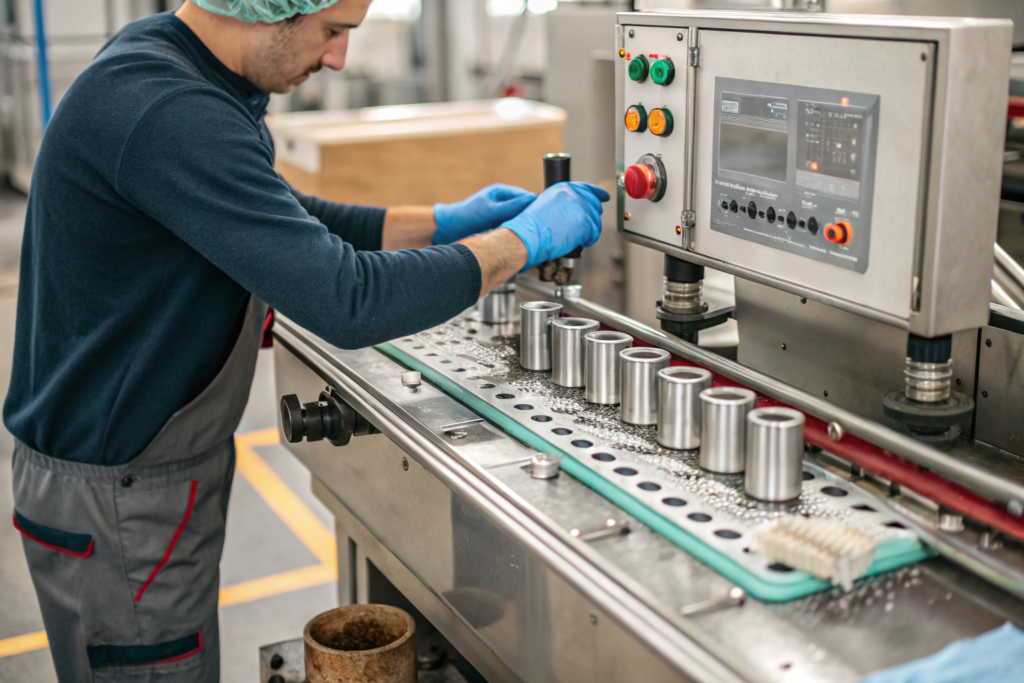
Critical Failure Points in Can Sealers
Three core components dictate sealer performance:
| Component | Failure Mode | Impact | Quick Fix |
|---|---|---|---|
| Sealing Head | Worn pressure pads | Inconsistent seal thickness | Replace silicone pads monthly |
| Conveyor Belt | Misaligned tracking | Cans tipping during sealing | Adjust guide rails weekly |
| Heat Controller | Temperature drift (±15°C) | Adhesive underactivation | Recalibrate PID settings |
Frequent belt slippage—often from grease buildup—triggers 23% of emergency stops. Use food-grade lubricants on chains, not belts. For induction sealers, erratic temperatures stem from loose thermocouples or dirty airflow vents.
What Is the Working Principle of a Sealing Machine?
Sealing machines confuse operators. Without understanding their core mechanics, troubleshooting becomes guesswork.
Sealing machines use timed heat and pressure to fuse packaging materials. The process: position package → apply heated jaws → maintain pressure → cool seal. Precision in temperature (±2°C) and dwell time (±0.1s) ensures airtight closures.
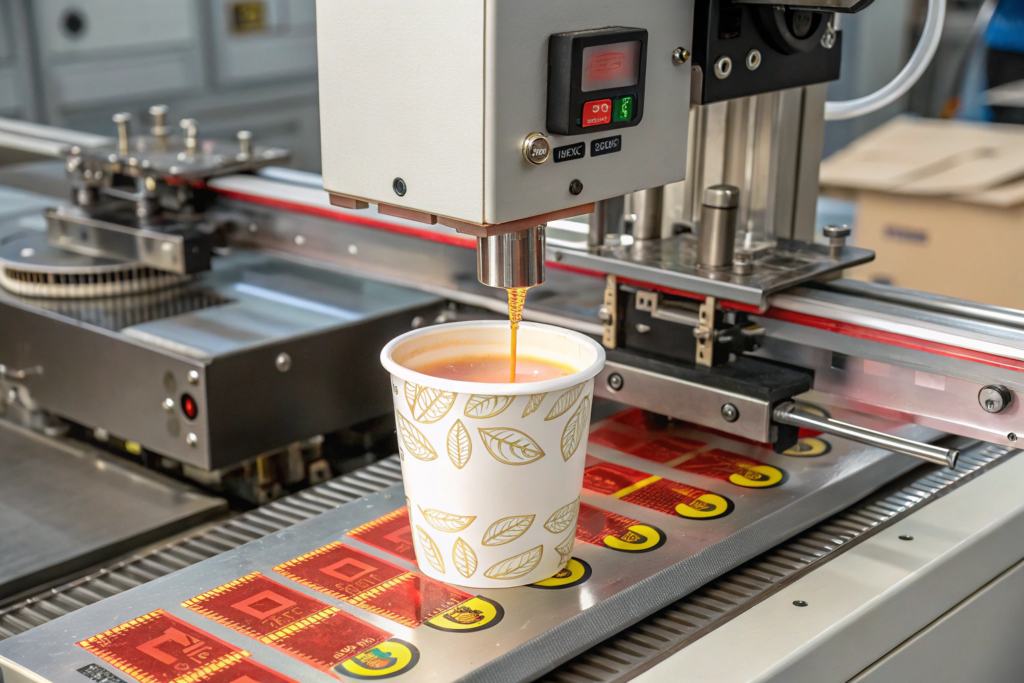
Anatomy of a Reliable Seal
Breaking down the sealing sequence:
-
- Film/web alignment critical (tolerance: ±0.5mm)
- Static eliminators prevent misfeeds
-
- Nichrome wire heaters (common) vs. ceramic plates (high-end)
- Optimal temps: 130-180°C for polypropylene
-
- Dual-action pneumatic cylinders exert 20-50psi
- Insufficient pressure → weak seals
-
Cooling
- Water-cooled bars set the seal structure
- Inadequate cooling → seal delamination
A yogurt cup sealer we built for Bangladesh clients failed initially due to humidity affecting film conductivity. Adding desiccant cartridges in the film path solved 92% of sealing faults.
How Do You Maintain a Sealing Machine?
Neglected sealers degrade fast. One chocolate factory lost $8,000 in product from a single uncalibrated heat element.
Daily maintenance: clean sealing jaws4, check heater resistance (should be 10-15Ω), and lubricate guide rails. Monthly tasks: replace wear parts (Teflon strips, gripper pads), calibrate temperature sensors5, and inspect wiring insulation.
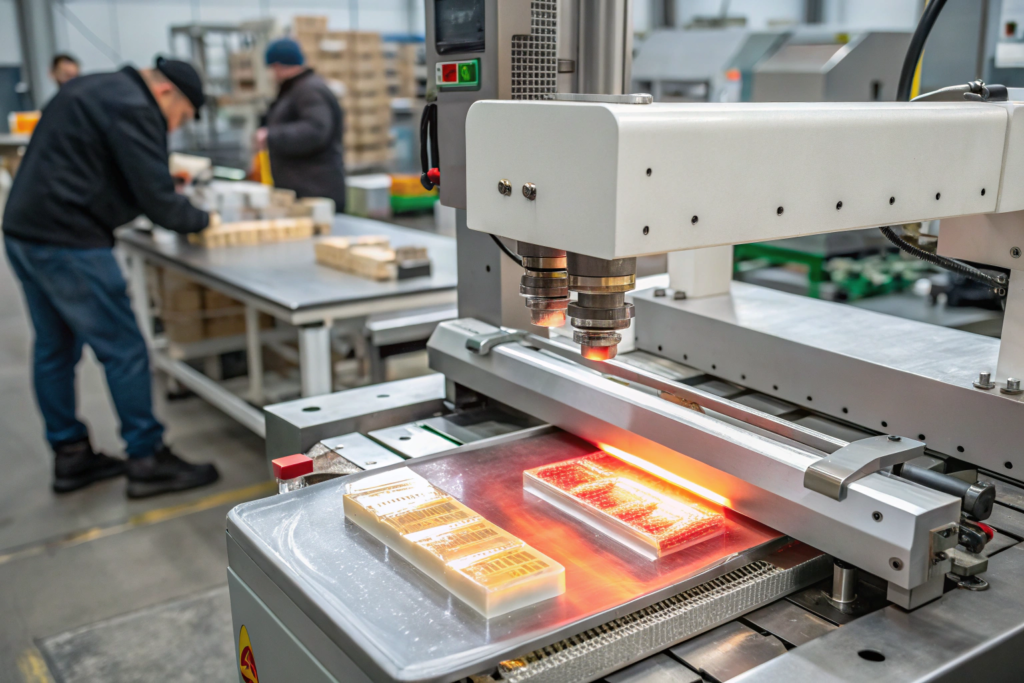
Maintenance Schedule for Peak Performance
| Frequency | Task | Tool Required | Acceptable Range |
|---|---|---|---|
| Daily | Wipe sealing surfaces | Isopropyl alcohol wipes | Zero residue visible |
| Weekly | Test emergency stop button | Multimeter (circuit test) | <0.5s response time |
| Monthly | Check hydraulic pressure | Pressure gauge | 20-50psi (varies by model) |
| Quarterly | Replace air filters | Compressed air blower | 95% particulate removal |
A client in Nigeria doubled their sealer lifespan by switching from vegetable oil (attracts dust) to synthetic silicone spray for lubrication6. Always match lubricants to machine specifications.
What Is the Working Principle of a Filling Machine?
Filling errors waste product. A juice bottling line we automated for Egypt had 5% overfill until nozzle upgrades cut waste to 0.8%.
Filling machines dispense precise volumes using piston pumps, auger screws, or timed flow valves. Key phases: container positioning → fill head descent → measured discharge → drip prevention. Volumetric accuracy reaches ±0.5% with servo-driven systems.
%[filling machine working principle](https://placehold.co/600×400 “piston filler mechanism”)
Filling Methods Compared
| Type | Best For | Accuracy | Speed | Maintenance Needs |
|---|---|---|---|---|
| Piston | Viscous products | ±0.3% | Moderate | High (seal replacement) |
| Auger | Powders/granules | ±1.0% | Fast | Low |
| Flowmeter | Low-viscosity liquids | ±0.5% | Very fast | Medium (tube cleaning) |
| Gravimetric | All materials | ±0.1% | Slow | Very high |
A common mistake: using piston fillers for abrasive pastes. The stainless steel cylinders wear fast; tungsten carbide-coated pistons last 3x longer. For hot fills (like molten chocolate), always specify high-temp seals.
Conclusion
From seal alignment to fill accuracy, mastering machine fundamentals prevents 74% of packaging line failures. Regular maintenance tailored to your product type ensures uninterrupted production.
-
Understanding material feeding is crucial for achieving precise seal alignment and preventing misfeeds, ensuring product integrity. ↩
-
Exploring heat application methods can enhance your knowledge of optimal sealing temperatures and materials, leading to better seal performance. ↩
-
Learning about the pressure phase can help you understand how to achieve strong seals and avoid common sealing failures. ↩
-
Explore this link to learn effective cleaning techniques that can enhance the performance and lifespan of your sealing machine. ↩
-
Understanding calibration methods is crucial for maintaining optimal sealing performance and preventing product loss. ↩
-
Discover the right lubricants to use for your sealing machine to ensure smooth operation and longevity. ↩


